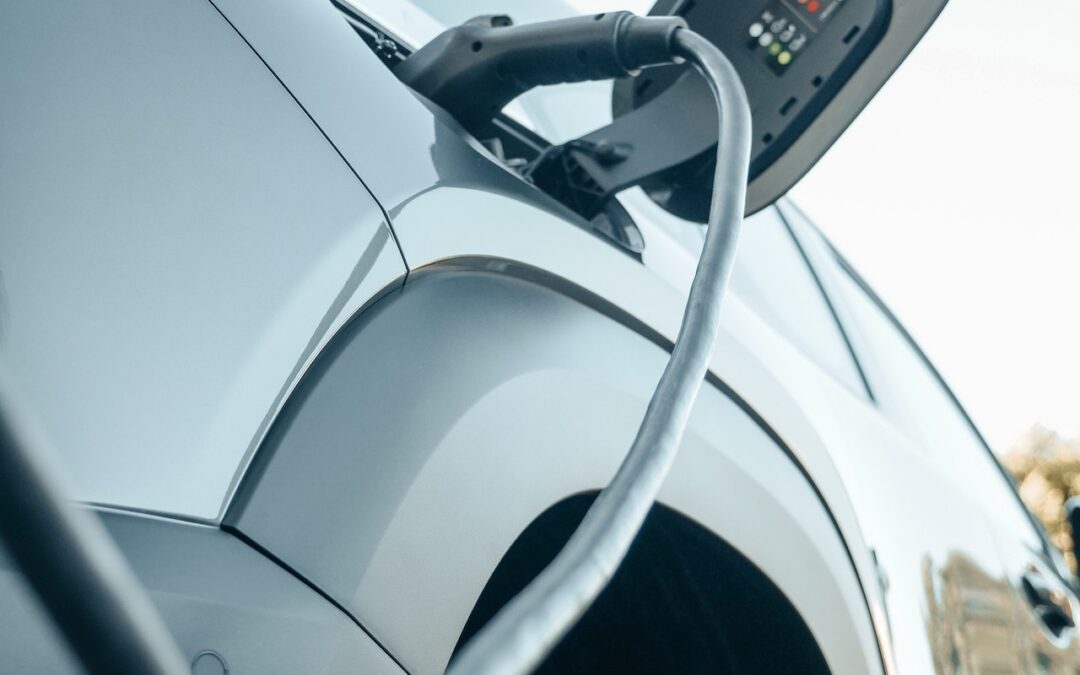The demand for electric vehicles (EVs) has skyrocketed over the past decade. 400,000 EVs were sold in 2021, compared to just 10,000 in 2012. But despite this rapidly growing demand, the United States has just 6,000 DC fast charging stations, which are capable of rapidly charging battery-powered vehicles.
As the world’s leading powers strive to meet zero carbon emissions by 2050, the demand for EVs can only be expected to grow; indeed, it’s not inconceivable that EVs may one day overtake gasoline-powered cars. Let’s take a look at the current state of electric charging stations in the U.S. and what the future may hold.
How Many EV Charging Stations Are in the U.S.?
Along with the 6,000 DC fast charging stations, there are over 42,000 charging stations of other types in the U.S. However, these charging stations are not evenly distributed throughout the country, and there are several “charging deserts,” where residents do not have easy access to a public charging station.
Major cities account for the largest number of fast chargers, but the current infrastructure in these cities is insufficient to account for a major increase in EVs. Outside of these metropolitan areas, most chargers are distributed on interstate highways, close enough together for long trips. In rural parts of the country, they are almost nonexistent.
It’s not surprising that there are currently relatively few charging stations since EVs currently only account for less than 3 percent of new car sales. Many of the early adopters of all-electric vehicles also have private charging stations at home, which provides all of the power they need for their daily commutes and other local driving. However, charging ports are vital when an EV owner takes a long road trip.
White House Approves Federal Funding for EV Chargers
While the U.S. has a major need for more charging stations, the current government has recognized this need and is dedicating resources to providing enough stations to meet the new demand for EVs.
In September 2022, the Biden administration approved a plan that will give all 50 states, Puerto Rico, and the District of Columbia access to billions in federal funding to build EV charging stations. According to the U.S. Department of Transportation, these EV charging stations will cover 75,000 miles of highway.
This funding approval follows up a June White House announcement of a goal to build a comprehensive national network of 500,000 EV charging stations along highways and in communities by 2030. The Biden administration has continuously promoted the adoption of EVs as part of its plan for addressing the climate crisis. In August 2021, the president set a goal for 50 percent of vehicles in the U.S. to be electric by 2030.
Moreover, the U.S. Environmental Protection Agency (EPA) and the U.S. Department of Transportation reinstated new vehicle efficiency standards under Biden after these standards were rolled back during the Trump administration. New vehicles are required to produce 10 percent fewer greenhouse gas emissions beginning in 2023, with additional reductions of 5 percent per year until 2026.
The funding for the charging network comes from the bipartisan infrastructure bill passed by the U.S. Congress in 2021. A total of $7.5 billion has been allocated for charging infrastructure, which includes $5 billion for states to build charging stations and a $2.5 billion competitive grant program for community programs.
What Are the Major Challenges to Widespread EV Adoption?
While demand for EVs steadily increases, widespread adoption will take time. The current infrastructure may be inefficient for a country that has fully transitioned to electric driving, but the gradual adoption of the technology gives the government time to build the infrastructure to meet future demand. However, several major challenges will need to be overcome before the U.S. views EVs as the preferred option.
Like many large-scale projects, time and money are both major concerns. DC fast chargers sell for anywhere from $30,000 to $140,000, which does not include the cost of installation. While the Biden plan is a step in the right direction, that $7.5 billion falls far short of what it will take to build enough chargers for an all-electric vehicle nation. Some experts have estimated that it could take $40 billion to build enough chargers.
In addition to the currently insufficient infrastructure, the current power grids may not be built to account for increased numbers of EVs. As more drivers switch to electric, power grids will be under more pressure. This could lead to a need for new investments in grid infrastructure to account for the increased electricity demand.
While these challenges will not be easy to overcome, advances in technology will likely help provide the needed changes in charging and grid infrastructure as the world gradually transitions to EVs.

